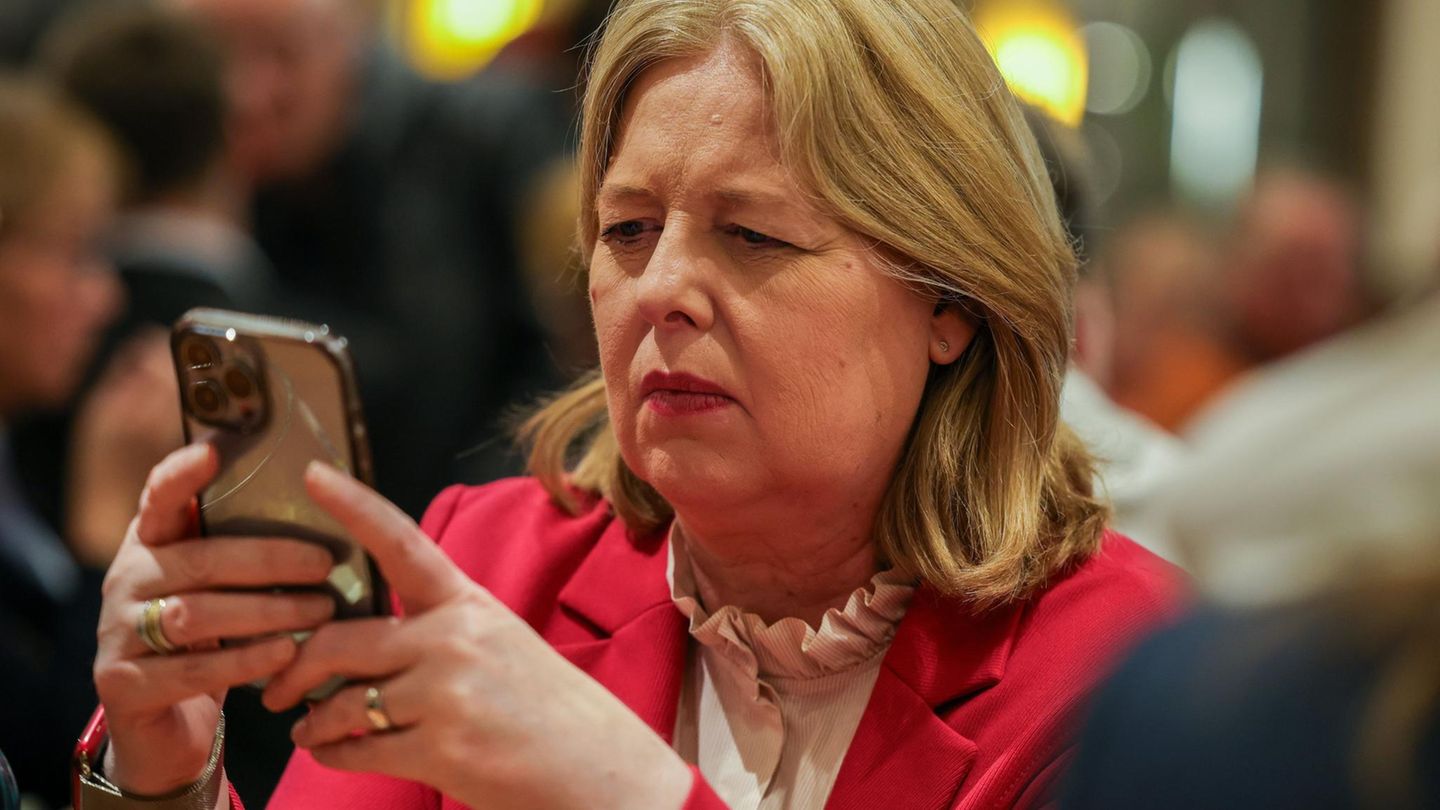Opinion
We cannot get used to results as in North Rhine-Westphalia
Copy the current link
Add to the memorial list
The election in NRW: historical lows of the CDU and SPD, rise of the AfD. The reaction? Could have come worse. This routine does not stop the disintegration of the party system.
The CDU wins at a low level, the SPD continues to collapse, the AfD triples its result. However, the reactions to the result of the local elections in North Rhine-Westphalia seem strangely routine.
33 percent for Christian Democrats? A reason to celebrate, at least better than in the federal government.
Halved the SPD in the past 30 years? Well, I could have been worse.
The AfD just under 15 percent? You can see that their trees do not grow into heaven either.
The CDU wins the local elections in NRW despite, not because of Merz
This country has now got used to a lot politically. The unusual appears like the new. The conventional party system crumbled. Well, you just have to come to terms with the new circumstances. But that won’t stop the decay.
One can still understand the clarity of the CDU. The party probably falls under its result of 2020. At that time, that was the historically worst value of the Christian Democrats in a local election in North Rhine -Westphalia. This time there are even fewer percentages-and that in the country that in Berlin puts the Chancellor and the Union faction chairman who have promised a change of policy and a good atmosphere.
The reality looks different. And the relatively popular Prime Minister Hendrik Wüst can claim for himself that his NRW CDU did not get away from this election, despite the government of CDU Chancellor Friedrich Merz.
Not good if the SPD results are only rated in relation to forecasts
The SPD lands in second place. And the new party leader Bärbel Bas, even from North Rhine-Westphalia, is located that the SPD’s downward trend could not be stopped, but it hadn’t become the disaster that some would have predicted. It would be as if the Hamburger SV triumphed at FC Bayern after the 0: 5, it was a 0: 8 last time. Around 22 percent for the SPD. In North Rhine-Westphalia. That shouldn’t be a disaster?
It is not good if the SPD only evaluates its results in relation to forecasts, fears and perhaps also for targeted expectation management. It could have been worse – is that really the bar of the Social Democrats? The results do not have to be compared, but are considered to be a reality. 22 percent – the SPD must admit that its hichtom overall continues and even more in the Stammland North Rhine -Westphalia. And that she has no answer, not political, not in terms of personnel.
The Greens also lose massive. With the SPD you have one thing in common: individual mayors and candidates achieve respectable success. They are personalities who have acquired trust far beyond party borders. Yes, a local election is different from a federal election. But at this point both spheres come very close.
In times of dissolving bonds on parties, people count, it depends on individual credibility, on the right tone. In the new government in the federal government, there is no one who has so far just embodied personal trust and credibility. And the coalition overall not at all. That has to change.
The AfD: The east is now also available in the west
From now on, the AfD is also a fixture in many North Rhine-Westphalian municipalities. It has reached several stitch elections. The following also applies here: that NRW is not yet blue, but only bluish in some places is no reason for relief. The tendency is clear and it is constantly pointing up for the AfD.
The east is now also available in the west. What does that mean? The AfD is no longer a phenomenon that can be explained simply with the frustration of reversible losers, with democratic deficits of dictatorship -shaped and the belief in authority by Russian friends. The right -wing populists are an overall German phenomenon, not only in the Bundestag and in the state parliaments, but in the area. The AfD approaches all of us.
And yet there is good news from this choice. The participation was neat for a local election, with almost 57 percent it was significantly over 52 percent of 2020. The citizens can be mobilized for politics.
You also know that a local election is now more about cultivation or bypass. It is now also about the choice itself, as an expression of functioning and valued democracy. This is a kind of trust that politics as a whole must not blame. And the federal government is required in the first place.
Source: Stern
I have been working in the news industry for over 6 years, first as a reporter and now as an editor. I have covered politics extensively, and my work has appeared in major newspapers and online news outlets around the world. In addition to my writing, I also contribute regularly to 24 Hours World.




